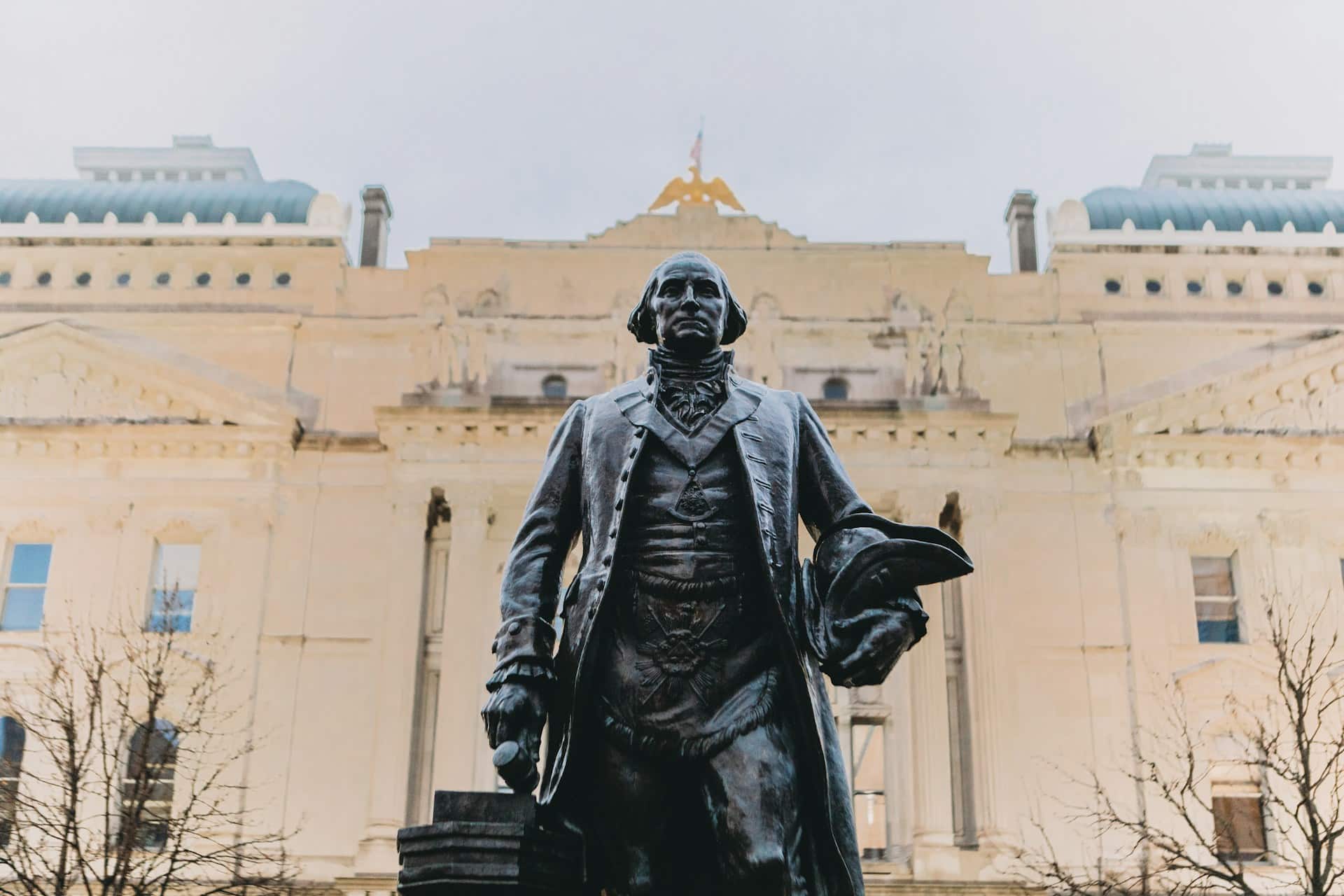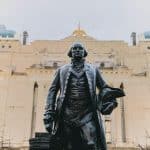East Anglia is a veritable treasure trove of history and heritage, adorned with magnificent castles, stately homes, and ancient churches that offer a window into England’s past. This region, encompassing the counties of Norfolk and Suffolk, is home to some of the most significant and best-preserved historic houses in England. As you prepare to embark on a journey into the depths of East Anglia’s history, we are delighted to guide you on how to plan your visit to these remarkable edifices.
Norfolk: The Cradle of Great English Estates
We take our first steps in Norfolk, a county renowned for its abundance of grand estates and impressive castles. Norfolk’s historic houses are a testament to its rich history, each with its own unique story to tell.
Dans le meme genre : What are the top wheelchair-accessible attractions in London?
Norwich Castle
We begin our exploration with the Norwich Castle, a lavish stone keep built by the Normans in the 12th century. Today, the castle hosts a museum and art gallery, where you can delve into the region’s history and appreciate its artistic heritage. While planning your visit, ensure to check the museum’s opening times and any special exhibitions on display.
Holkham Hall
Next, we arrive at Holkham Hall, a magnificent Palladian house built in the 18th century by the 1st Earl of Leicester. A tour through the hall provides a comprehensive insight into the estate’s history and the family that has inhabited it through generations. Holkham Hall is open to the public at specified times, so you’ll need to coordinate your visit accordingly.
A lire également : What are the best resources for researching family history in Welsh archives?
Sandringham Estate
Finally, we visit the Sandringham Estate, the beloved private home of four generations of British monarchs. This stately house, with its carefully maintained gardens and park, offers a unique perspective into royal history and lifestyle. Keep an eye on the estate’s official website for details about opening times and guided tours.
Suffolk: A Journey Through Time
Suffolk, our next stop, is known for its unique blend of history and natural beauty. It houses some of East Anglia’s most awe-inspiring historic buildings, each chronicling a different era of English history.
Framlingham Castle
Our journey in Suffolk begins at Framlingham Castle, a fortress that served as the refuge for Mary Tudor before she was crowned Queen in 1553. Today, the castle is open to the public and offers an immersive audio tour that narrates the riveting tales of its past.
Ickworth House
Next, we visit the Ickworth House, a neoclassical mansion built in the 19th century. The house is renowned for its impressive rotunda, extensive parklands, and an art collection that rivals those of the world’s greatest galleries. Details about its opening hours and tour options can be found on its official website.
Long Melford Hall
Lastly, we arrive at Long Melford Hall, a stately Tudor mansion that has been the ancestral seat of the Parker family for nearly five centuries. The Hall is open to visitors who want to experience its rich heritage.
Planning Your Visit: Practical Guidance
Having explored the grand estates and castles of Norfolk and Suffolk, it’s time to turn our attention to the practical aspects of planning your visit.
Scheduling Your Itinerary
Owing to the large number of historic houses in East Anglia, it’s crucial to prioritize according to your interests. Research the history and unique qualities of each estate and allocate time based on their significance and the distance between them.
Consider the Opening Times
Most historic houses in East Anglia have specific visiting hours, and some are closed on certain days of the week. Checking their official websites for opening times can help avoid disappointments.
Guided Tours and Events
Many of these estates offer guided tours, providing a deeper understanding of their history and architecture. Some also host special events and exhibitions that can enrich your visit.
Communing with History: The Churches of East Anglia
No exploration of East Anglia’s historical landscape can be complete without a visit to its ancient churches. From the imposing Norwich Cathedral to the humble round-tower churches scattered across the countryside, these sacred sites offer a distinct glimpse into the region’s spiritual past and architectural brilliance.
Norwich Cathedral
The Norwich Cathedral, an English cathedral with Norman roots, is a must-visit. Its stunning architecture and historical significance make it a landmark in East Anglia.
Round-Tower Churches
Unique to Norfolk and Suffolk, the round-tower churches are a charming and quintessential part of East Anglia’s heritage. They are worth seeking out during your journey across this historical landscape.
As you embark on your visit to East Anglia, relish the opportunity to journey through time and soak in the rich history that each house, castle, and church has to offer. Every edifice, with its unique architecture and storied past, is a chapter in the grand tapestry of England’s past. Enjoy the journey!
Exploring Beyond Norfolk and Suffolk: Colchester, Essex, and King Lynn
Continuing our journey through East Anglia’s heritage, we move beyond the counties of Norfolk and Suffolk. The ancient towns of Colchester, Essex, and King Lynn in Norfolk hold a wealth of historic houses and monuments that await discovery.
Colchester Castle
Our exploration in Essex begins with the formidable Colchester Castle. A prime example of a motte bailey, this 11th-century castle hosts an extensive museum that tells the story of Britain’s oldest recorded town. You can explore the castle’s vaults, climb the battlements for a panoramic view of Colchester, and even visit the sensory garden. Be sure to check the opening times before planning your visit.
King’s Lynn, Norfolk
We journey next to King’s Lynn, a historic town in North Norfolk, steeped in maritime and trading history. Significant landmarks include the King’s Lynn Minster, a 12th-century church with stunning stained glass windows, and the Custom House, an elegant 17th-century building overlooking the harbor. Remember to look up the visiting hours for these spots.
Celebrating the Work of the National Trust in East Anglia
The National Trust, an esteemed charity organization in the UK dedicated to the preservation and protection of the nation’s heritage, plays an instrumental role in maintaining several historic houses in East Anglia. Bury Edmunds in Suffolk, Great Yarmouth in Norfolk, and Sutton Hoo, are among some of the locations under the care of the National Trust.
Sutton Hoo
In particular, a visit to Sutton Hoo, located near Woodbridge in Suffolk, promises a fascinating voyage into the region’s early history. It is the site of two early medieval cemeteries that date from the 6th to 7th centuries and includes an undisturbed ship burial filled with a wealth of Anglo-Saxon artefacts. As always, consult the opening times and tour availability beforehand.
Bury St. Edmunds and Great Yarmouth
Furthermore, the Bury St. Edmunds’ cathedral and the early century houses in Great Yarmouth are a testament to the National Trust’s preservation efforts. The immense contribution of the National Trust towards the preservation of England’s heritage is worth acknowledging and appreciating during your journey through East Anglia.
Conclusion: The Enduring Appeal of East Anglia’s Historic Houses
Planning a visit to multiple historic houses in East Anglia is more than just a sightseeing endeavour. It is an immersive journey that allows you to experience and engage with the rich tapestry of England’s past. Each historic house, from the grand estates in Norfolk to the manor houses of Suffolk and beyond, tells a unique story about the people who lived there and the era they lived in.
Whether it is the regal majesty of the Sandringham House or the austere austerity of a century castle like Colchester; the spiritual tranquillity of Norwich Cathedral, or the echoes of the civil war in King’s Lynn; every corner of East Anglia offers a chance to commune with history.
As you embark on this remarkable journey, remember to respect the integrity of these historical sites. Ensure to check the opening times, guidelines, and any advisories issued by the authorities in charge or the National Trust.
Embrace the joy of discovery and the thrill of engaging with history in East Anglia. Whether you are a history enthusiast, an architecture lover, or simply a curious traveller, the historic houses of East Anglia promise an unforgettable experience. Happy exploring!










